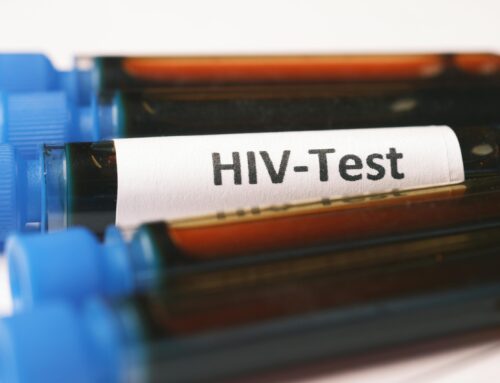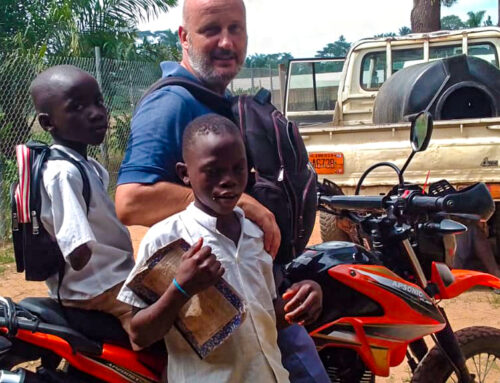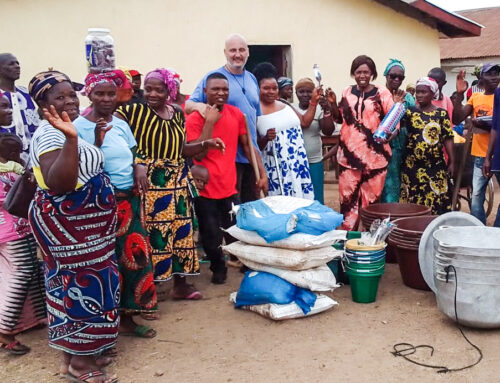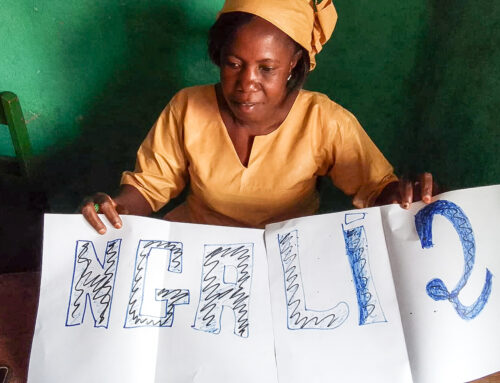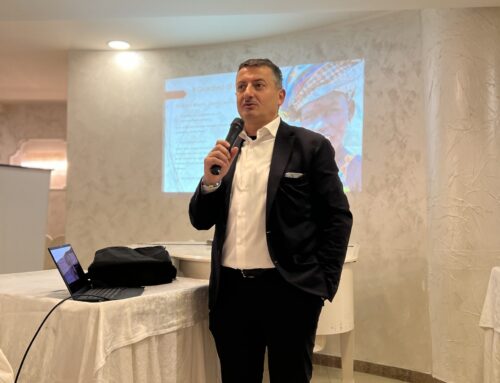Con il nuovo anno è stata realizzata la Brochure riassuntiva del Progetto, e adottato il documento “Il Progetto In Breve” nella versione in italiano e inglese, visualizzabile sul sito (https://www.ilgiardinodingali.it/documenti/progetto-in-breve/)
Inoltre il sito che state visitando è stato aggiornato al nuovo progetto e come sempre sarà arricchito da notizie e informazioni provenienti sia dal continente africano che dagli enti coinvolti, a partire dal capofila.
Nella brochure sono evidenziati – in 5 punti – i pilastri del progetto:
- I PAESI COINVOLTI
- L’ACCOGLIENZA
- LA SALUTE
- L’EDUCAZIONE
- GLI OBIETTIVI
I paesi coinvolti sono:
GUINEA BISSAU > Bissau, Fanhe, Ndame, Bissora, Bafatà
LIBERIA > Foya District
SIERRA LEONE > Freetown
GHANA > Central Region Awatu Senya East municipal district, Greater Accra Region – Ashaiman municipal district
In queste quattro nazioni, tra le più povere del pianeta, i beneficiari diretti sono 5.296, dei quali 3.628 minori, con una percentuale di donne del 56%.
Sono invece migliaia i beneficiari indiretti di questo intervento.
Il Giardino di Ngali 2
The project insists in West Africa in some of the poorest countries on the
planet such as Guinea Bissau, Sierra Leone, Ghana and Liberia.
The general objective of the project is to prevent the phenomenon of neglect of minors through prevention strategies, reinforcement of care and protection systems, support for studies and the possibility of medical treatment. The general
strategy for implementing the project to achieve the general objective is to accompany the minor in his / her path from birth up to 18 years within the community to which he / she belongs and supporting the family unit when possible by going to work to reduce and / o eliminate, both at family and social level, the major risk factors that lead to the abandonment or voluntary removal of the minor from the family context, exposing him to greater risks. The project is developed on three priority areas: Child Protection, Health and Education. The authorized bodies that share the “vision” of the intervention are: SOS BAMBINO I.A., AIBI, NADIA Onlus, BAMBARCO, Lo Scoiattolo, Famiglia Insieme. Various realities and institutions collaborate with them in the countries of intervention while operational partners are: the Parish of Vianney in Liberia, the Friends of Guinea Bissau association, the Catarina Troiani and Pediatric Sao Jose em Bor hospitals, the Caritas de Bafata, the schools of Raio de Sol and Casinha de Giulio all of these operating in Guinea Bissau. In Ghana and Sierra Leone, priority is given to action in the Child Protection sector, insisting on the need to train operators, raise awareness among communities on the practices and needs of taking charge, prevention and protection of minors. In Guinea Bissau and Liberia, on the other hand, the focus is on aspects of health promotion and education.
In particular, in Guinea Bissau, an important screening will be activated to verify and combat the spread of HIV, as well as an intervention and support program for the Nutrition Centers. Furthermore, with the only pediatric hospital in Guinea Bissau, the Sao Jose em Bor Pediatric Hospital, an important training exchange will take place with medical and infirmary personnel who will be hosted for a training period in Italy, relying on the collaboration of the hospitals of Padua and Pordenone. In addition, an intensive internship will be held in Guinea Bissau at the hospital thanks to Italian volunteer doctors from the two hospitals in the triveneto, involved in the project. Specialized equipment will be purchased for treatment and diagnosis for children, in particular for the treatment of ophthalmological problems. In Liberia, the focus is on the possibility of disabled children being re-inserted in school also through the possibility
of obtaining movement aids, health programs and food. In addition, work placements will be activated for those families with a disabled parent to allow and guarantee the stay of the children in the family unit. In Guinea Bissau, school attendance will be guaranteed in areas where it is difficult and where school is the only place where children have a meal and where they can imagine building a future for them.
The total direct beneficiaries in the 4 countries are 5296 of which 3628 minors and 1668 adults, with a percentage of women of 56%. Thousands of indirect beneficiaries.
We want this intervention to change the prospects for the protection and protection of minors outside the family as well as increase the chances of their reintegration, that health conditions are sufficient and that training is inclusive and capable of being an element of change. and improvement.
BrochureNgali2_2024_singole











